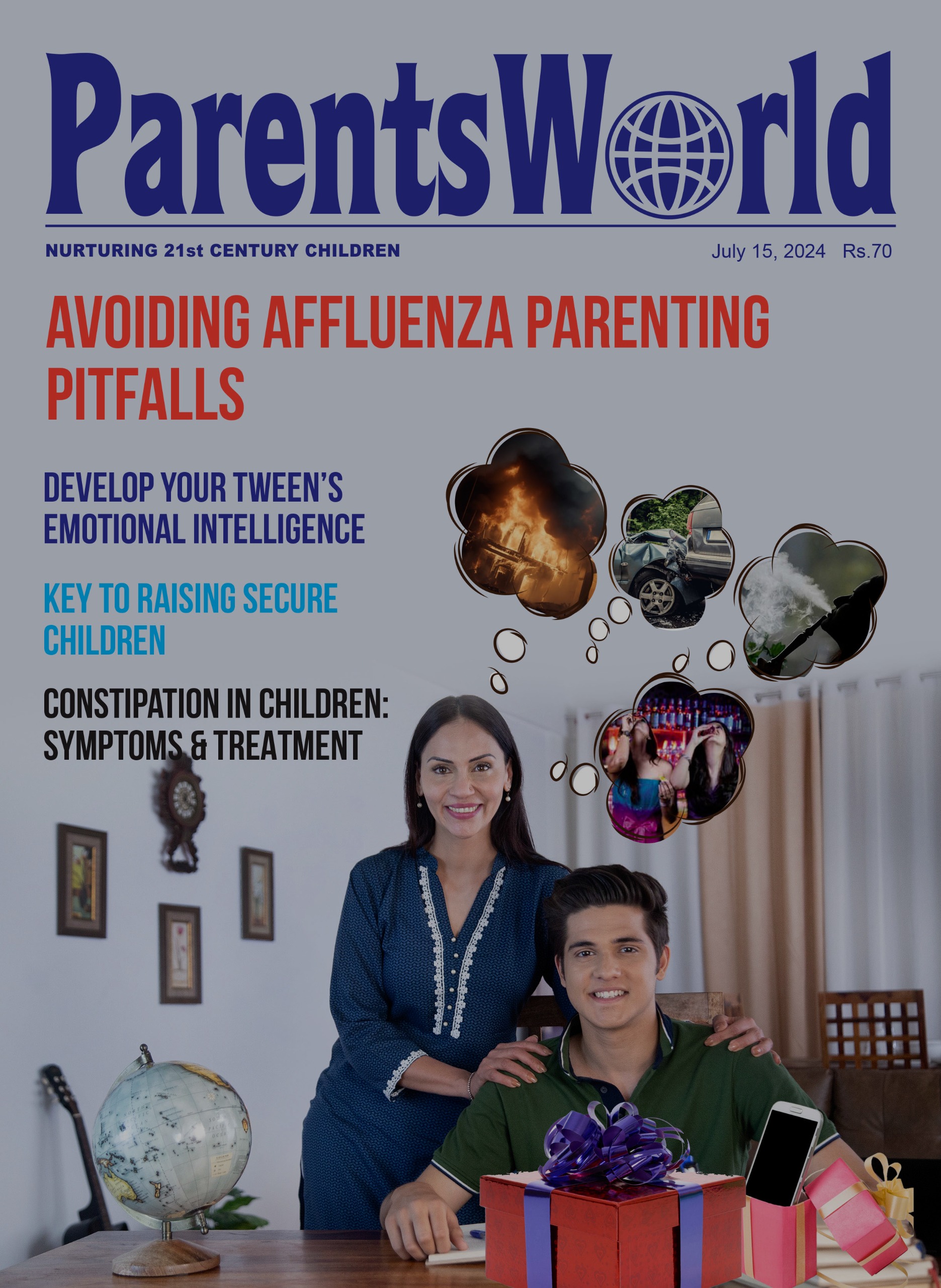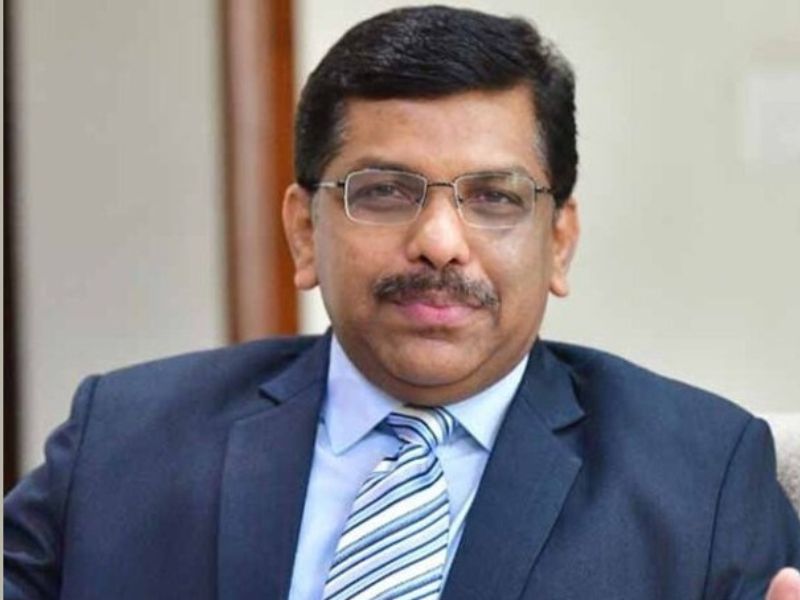The Prevention of Blindness Week that is observed from April 1 to 7 every year is a campaign launched by the Government of India to spread awareness about blindness, its treatment and prevention. The campaign witnesses participation from health personnel from the government departments, voluntary agencies and state health education bureau who work towards increasing awareness amongst the masses about blindness. On the occasion of the Prevention of Blindness Week 2019, our correspondent Odeal D’Souza speaks to Dr. Himanshu Matalia about the causes of blindness and its prevention.
 Dr. Matalia currently serves as medical superintendent and senior consultant in cornea, refractive surgery and ocular surface services at Narayana Nethralaya, Bangalore. He received his medical education from M. P. Shah Medical College Jamnagar and did his fellowship in corneal surgeries at L. V. Prasad Eye Institute, Hyderabad where he later served as a consultant. He received training from the Wilmer Eye Institute, Johns Hopkins University, USA. He also heads the Stem Cell Research Laboratory of Narayana Nethralaya. His expertise includes laser refractive surgeries, cataract surgeries, laser assisted corneal transplantation, management of corneal diseases and ocular surface reconstruction.
Dr. Matalia currently serves as medical superintendent and senior consultant in cornea, refractive surgery and ocular surface services at Narayana Nethralaya, Bangalore. He received his medical education from M. P. Shah Medical College Jamnagar and did his fellowship in corneal surgeries at L. V. Prasad Eye Institute, Hyderabad where he later served as a consultant. He received training from the Wilmer Eye Institute, Johns Hopkins University, USA. He also heads the Stem Cell Research Laboratory of Narayana Nethralaya. His expertise includes laser refractive surgeries, cataract surgeries, laser assisted corneal transplantation, management of corneal diseases and ocular surface reconstruction.
Q: What are the common causes of blindness?
Common causes of blindness in our country are cataract, uncorrected refractive errors, glaucoma, diabetic retinopathy, corneal opacity etc. 80 percent of blindness cases are attributable to cataract and uncorrected refractive errors, hence are reversible or treatable.
Q: How can complete blindness be prevented in India?
India was the first country to launch a government sponsored programme, the National Programme for Control of Blindness (NPCB) in 1976 to control the avoidable blindness. Till few years ago, National Programme for Control of Blindness (NPCB) was a cataract centred programme. However, currently it funds management of diabetic retinopathy, glaucoma, eye injuries, childhood blindness, corneal transplantation, squint, low vision, retinopathy of prematurity (ROP) in addition to on-going schemes through successful Public Private Partnership (PPP).
VISION 2020: The Right to Sight – India, is a national forum for eliminating avoidable blindness by the year 2020. It is a key driver of the World Health Organisation (WHO) and International Agency for the Prevention of Blindness (IAPB) joint global initiative for eliminating avoidable blindness. It is a collaborative effort of NGOs, eye care organisations in India and the Government of India to coordinate and advocate for improved eye care programmes to achieve quality, comprehensive and equitable eye care.
All these organisations along with thousands of eye care professionals in our country are working hard to control avoidable blindness through various media and public awareness programmes along with campaigns to increase eye donation rates in our country.
Q: What are the latest developments in India in regard to eye treatments?
India is in the forefront of advances in the field of ophthalmology. Be it adapting to newer technologies or providing answers to complex eye related problems with our experience and huge data base, Indian ophthalmology is a driving force in the worldwide fight against blindness. Indian doctors are able to keep pace with every new development in the field of ophthalmology. It is safe to say that for any eye problem if any treatment is available anywhere in the world, it is surely available in our country.
Q: Are eye diseases increasing or decreasing in India according to official statistics?
36 million people are blind in the world. 1/4th of them are in India. Hence around 9 million people are blind in India. Approximately 80 percent of all blindness is considered avoidable. The majority of people with vision impairment are over the age of 50 years.
Q: How can we take care of our eyes? And what is your message to the masses on World Blindness Prevention Week?
Prevention is always better than cure. Have regular yearly eye check-up for the entire family. Children should get an eye check-up at their first, third and fifth year milestones.
Eye care for children:
- Many studies have proved that the short-sightedness or myopia can be caused by increasing urbanisation and increasing screen time in children. It is important for young kids to spend time in day light and not be confined to the artificial indoor lights. Children of all the ages must be prescribed with proper power spectacles failing to do so will lead to permanent weakness of their eyes knows as amblyopia.
- Eye allergies in children are on rise and must be treated early. Eye allergies lead to eye rubbing and can end up in many serious diseases of eyes such as keratoconus. One of important causes of preventable blindness is Vitamin A deficiency. Children must have a balanced diet with good natural sources of vitamins and minerals.
- Injury or trauma is common in children and can lead to irreversible damage to their eyes. We must insist on and teach children about importance of safety while playing or during some high-risk activities e.g. bursting crackers, contact sports etc.
Eye care for adults:
- Many common eye problems are related to our lifestyle changes and our work. Dry eye has become an epidemic in adults, especially in those who work on computers for long hours. It is not just computer but the overall screen time involving all the gadgets we use on a daily basis. An adult must have frequent breaks in between such activities. They must blink enough and blink completely. Usage of lubricants prescribed by an ophthalmologist can certainly help. Habit of washing eyes with tap water should be avoided as it can pose a significant risk of infection spreading to the eyes.
- Adults working in the industries requiring use of heavy tools, which can pose potential risk of injury to the eyes must wear safety goggles. Those who manage such places must insist on the safety precautions for the eyes for their employees apart from the general safety precautions in industrial settings.

























